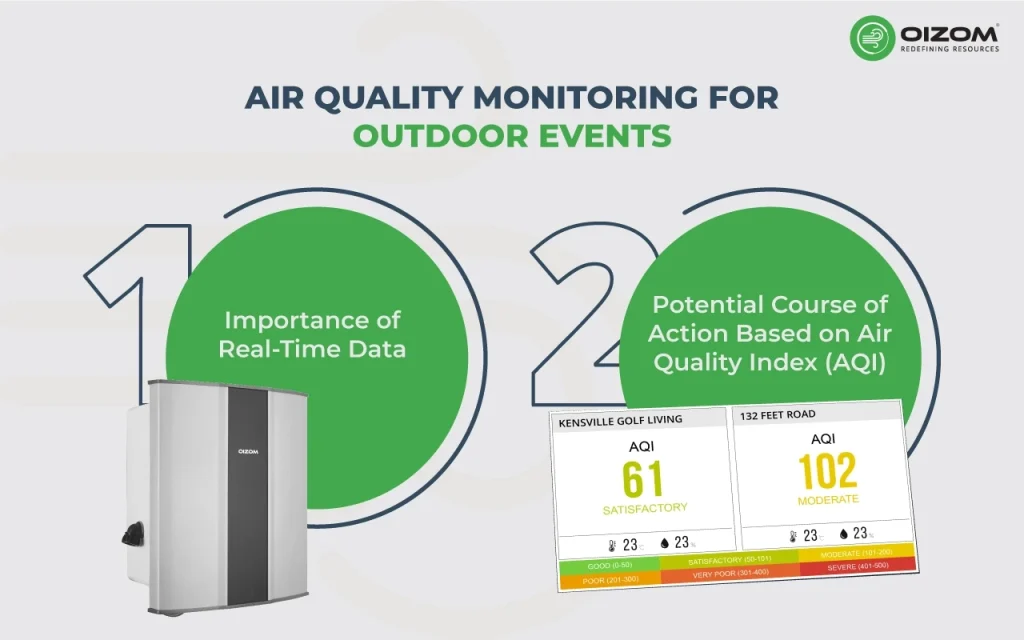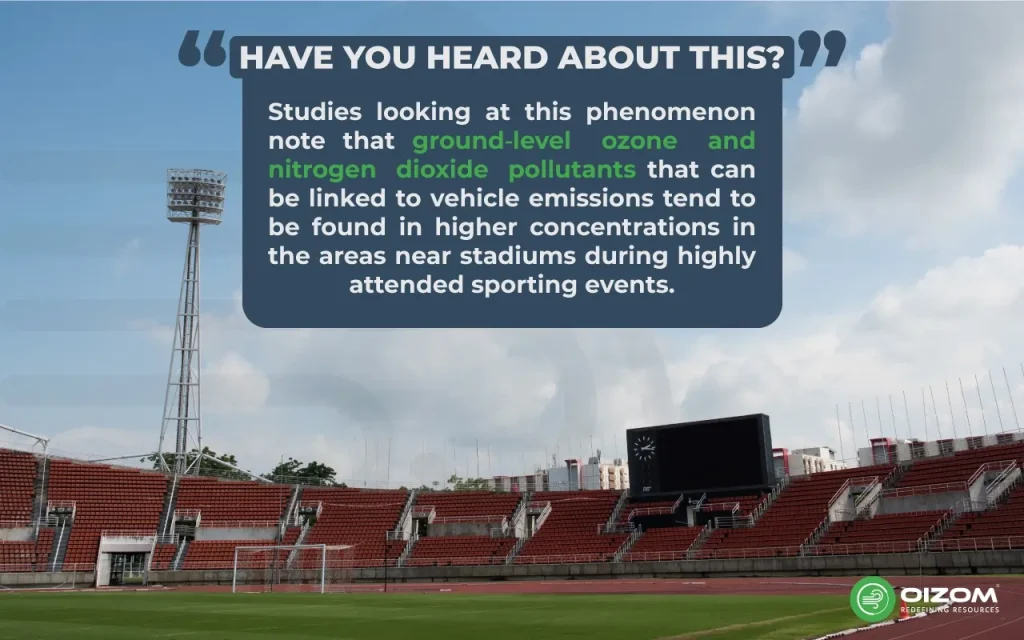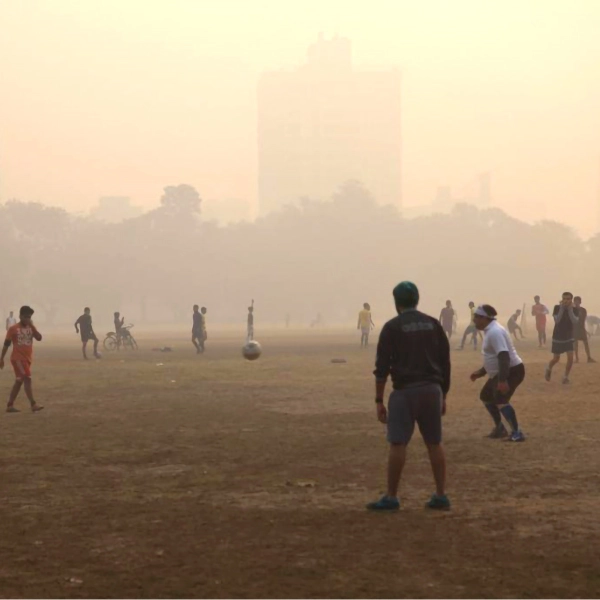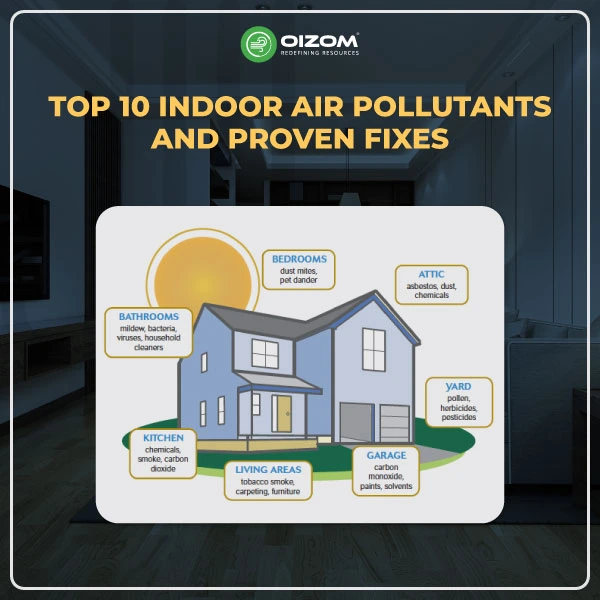Summary of Blog
Hi there! Have you ever seen sporting events outside canceled because of air pollution? It exists! Poor air quality can impact athletes and spectators due to factors like ozone and particulate matter that can damage the lungs and brains. But do not worry! When the weather gets too bad, real-time monitoring enables organizers to make informed decisions like relocating games indoors or rescheduling them. Regarding air quality, guidelines such as the Air Quality Index (AQI) function like a traffic light system: green indicates go, and red indicates stop. Wearing masks and remaining indoors when the air quality is poor are two more ways athletes and spectators can contribute. Thus, pay attention to more than just the score the next time you’re at a game. Being healthy and safe is always a plus!
Air Quality And Outdoor Sports Events
Have you ever wondered that, upon arriving at an outdoor sports event, most of us are familiar with identifying that the game has been postponed or canceled because of lightning? However, have you ever had the same issue due to air pollution? People generally know how to protect athletes from environmental occurrences such as lightning, but there is a lack of knowledge regarding what to do in the event of poor air quality.

As mentioned above, you might think about how air quality affects outdoor sports events. Throughout this article, I will take you through the health risks for athletes and spectators, how they can decrease performance, the importance of real-time air quality monitoring, and various strategies for mitigating poor air quality in sports events.
The Impact of Air Quality on Outdoor Sports
Poor air quality greatly impacts outdoor activities, putting the health of both participants and spectators at risk. Breathing problems, including coughing and shortness of breath, can be brought on by high pollution levels, such as ozone and particle matter. This may result in diminished lung function and performance in athletes. Device Measures Air Quality Outdoors, helping to monitor these pollution levels. Additionally, pollutants might damage cognitive function, impacting one’s ability to make decisions in the field.
Health Risks for Athletes and Spectators:
Why is there a higher risk for athletes? Have you ever had a day when you couldn’t move at your typical rate, your lungs burned, and your legs felt heavy? The air itself could be the problem rather than a lack of fitness. An individual needs extra oxygen when exercising outside (Carlisle et Sharp, 2001; Giles et Koehle, 2014). The harder they work out, the more oxygen their bodies require.
To meet this increased need, breathing more deeply and more frequently is necessary. If the air quality is poor, this increased air intake during exercise means that a person will also breathe in more air pollutants. Even at invisible levels, air pollution can greatly influence how well athletes perform and recover.
Athletes modify their breathing patterns and style during activity to breathe more air. They breathe in more air pollutants in places with high air pollution, like next to a busy road, which increases their risk of health issues.
Decreased Performance:
While playing sports is generally thought to promote fitness and good health, attending a big athletic event can be anything but that for spectators.
Watanabe, an assistant professor at the University of South Carolina, found that for every 10,000 spectators who attend an NFL (National Football League) game, the AQI (air quality index) increases by 0.3%.
The two most common pollutants were ozone and NO2, indicating that more car emissions are linked to the decline in air quality.
Air Quality Monitoring for Outdoor Events

You are all aware of COVID-19 and how it has changed all lives. Undoubtedly, the coronavirus pandemic that has dominated the world news cycle for the majority of 2020 has changed how we view health, especially in more wealthy countries where good health has now become something to treasure genuinely after being taken for granted for so long.
It is imperative to guarantee optimal air quality during outdoor events to safeguard the health and welfare of participants and guests. Monitoring data in real-time is essential to reaching this objective.
Importance of Real-Time Data:
One of the most proactive things sports organizers can do is to arrange games and contests when air pollution is lower; they can also monitor the air quality before the events. By continuously monitoring air quality parameters such as particulate matter, ozone, and nitrogen dioxide, organizers can assess the potential health risks of pollutants and take timely actions to mitigate them. Monitoring with polludrone, which is reliable, gives real-time accurate data, and is cost-effective, will be very helpful in arranging sports events.
Potential Course of Action Based on Air Quality Index (AQI):
Several sports associations prescribe activities based on the Air Quality Index (AQI), which measures air quality. The air quality recommendations:
- Schools should consider removing sensitive athletes, such as those with pulmonary or cardiac diseases, from outdoor athletic events, including practices and competitions, when the air quality index (AQI) is 100 or higher. These athletes should also be closely observed for any respiratory effects.
- These athletes should be indoors when the air quality index (AQI) reaches 150 or above. Additionally, all outdoor sports should be shortened and less intense.
- Sporting authorities should carefully consider postponing or transferring the event indoors when the air quality index (AQI) is 200 or higher. They should also avoid extended exposure or tough activity.
- Activities must be canceled if it is not possible to move indoors during an AQI of 300 or higher.
As the guidelines above mention, air quality levels and corresponding activity recommendations are often carried out using AQI values.
Strategies for Mitigating the Impact of Poor Air Quality in Sports Events
Participant safety is the responsibility of sports organizations, officials, and coaches. The following are some actions you may take to reduce the amount of air pollution that athletes are exposed to:
Event Planning and Scheduling
- Watch the news and reliable social media sources for local and regional public health air quality alerts. Even better, look up the AQI values on your devices for your area.
- When the air quality is bad, postpone or cancel outdoor sporting events.
- Select areas for outdoor sports that are away from industry or busy roads, as these are sources of air pollution.
- If you practice near a busy road, schedule outside activities when traffic is at least.

Precautions for Athletes and Spectators
- Spectators and athletes need to adopt safety measures to guard against unhealthy air. When engaging in outdoor activities, wearing respiratory protection equipment like masks or respirators can help prevent pollution inhalation.
- If the air quality worsens, spectators should be urged to stay hydrated and stay indoors.
Communication and Awareness
- Educate your participants about air quality and the dangers of exercising outdoors when the air quality is poor.
- Create and implement an air quality policy so that everyone in your organization knows how to participate in outdoor sports safely.
- Effective communication and raising awareness about air quality issues are essential. Event organizers should regularly monitor air quality forecasts and provide updates to participants and spectators via email, social media, or event websites.
Conclusion
We hope this article will encourage you to consider outdoor sports safety and air quality. By Understanding Air Quality Index (AQI), you can better assess when it’s safe to organize or participate in outdoor activities. Use this knowledge to initiate conversations on the value of considering air quality when organizing and engaging in outdoor activities within your teams or organization. Remember that because poor air quality can affect health, it is crucial to alter outdoor activities to preserve participants’ health in outdoor sports and physical activities.






